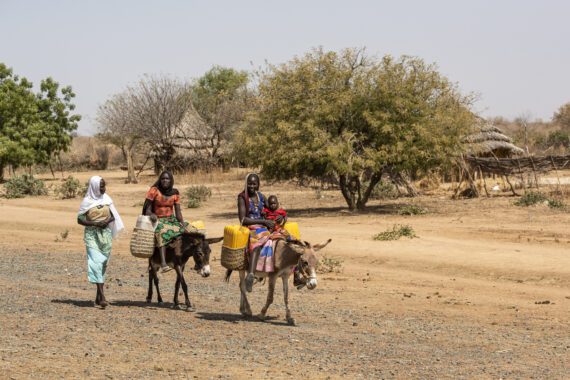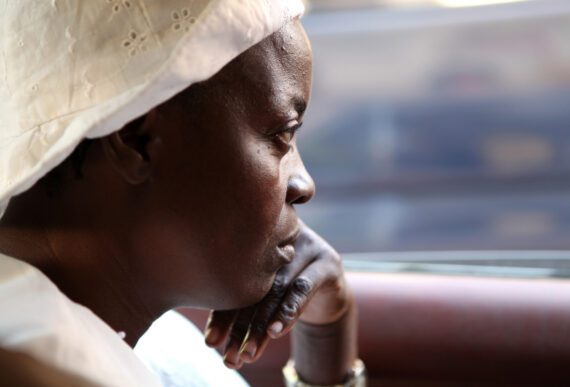Bread for the World members continue to advocate for programs in the U.S. farm bill that help people living with hunger and malnutrition, as talks on reauthorizing the bill continue in and out of Congress.
Food for Peace Title II is part of the farm bill, which is reauthorized every five years. It is implemented by the U.S. Agency for International Development (USAID)’s Bureau for Humanitarian Assistance. Its programs provide emergency and long-term development nutrition assistance to the most vulnerable populations around the world, including young children. The Food for Peace emergency assistance program supports delivering food to communities affected by conflict, chronic food insecurity, and persistent natural disasters caused by climate change.
Funding for farm bill programs such as Food for Peace Title II is critical to the life-saving operations of the World Food Programme (WFP) and thousands of its local coordinating partners that distribute food and medicine.
For example, armed conflict recently broke out in Sudan and quickly led to a hunger emergency. WFP reports that even before the onset of fighting in April, hunger was already a significant problem in Sudan. One-third of the population was suffering from hunger – a record high. That number is now increasing; in April 2023, 11.7 million people were facing hunger in Sudan.
According to WFP, disruptions in the supply chain of Sudan’s school feeding program could affect more than 1.6 million schoolchildren. Both children who remain in Sudan and those who have fled to neighboring countries will continue to need nutritional support and access to education.
The UN Refugee Agency (UNHCR) reported on April 26—less than two weeks after the fighting began—that a third of Sudan’s healthcare centers were not functioning and that the treatment of 50,000 children with Severe Acute Malnutrition had been disrupted by the conflict. Severe Acute Malnutrition is a medical emergency, a life-threatening condition treated in healthcare facilities, and these children are among those who could die without immediate humanitarian assistance.
“Children are bearing the brunt of the conflict in Sudan,” said Mandeep O’Brien, UNICEF Representative in Sudan. “They are dying, and their futures are being taken away from them.”
There are now 357 million children living in countries affected by armed conflict and violence, up by an alarming 75 percent since the 1990s. According to UNHCR, conflict is the primary driver of hunger and famine.
UNHCR reported on May 12 that 200,000 people, nearly 90 percent of whom are women and children, have already fled Sudan. The largest group are Sudanese who have arrived in the two neighboring countries of Chad and Egypt. Another large group is composed of South Sudanese people who are returning to South Sudan despite the country’s own devastating civil war. Others come from several other countries and were refugees in Sudan until the fighting began. According to UNHCR logistics planners, there could ultimately be as many as 800,000 refugees.
Food for Peace saves lives. In 2020, the program reached over 28 million people in 34 countries. Congress has the power to continue saving lives, in Sudan and around the world, by reauthorizing a farm bill that protects and strengthens Food for Peace.
Abiola Afolayan is co-director, Policy and Research Institute, at Bread for the World.



